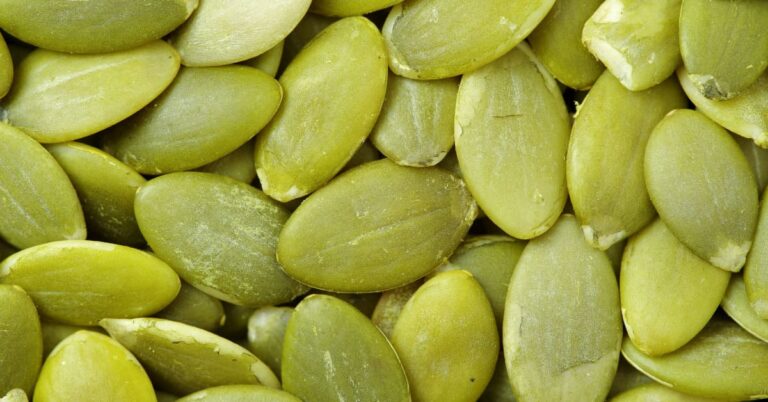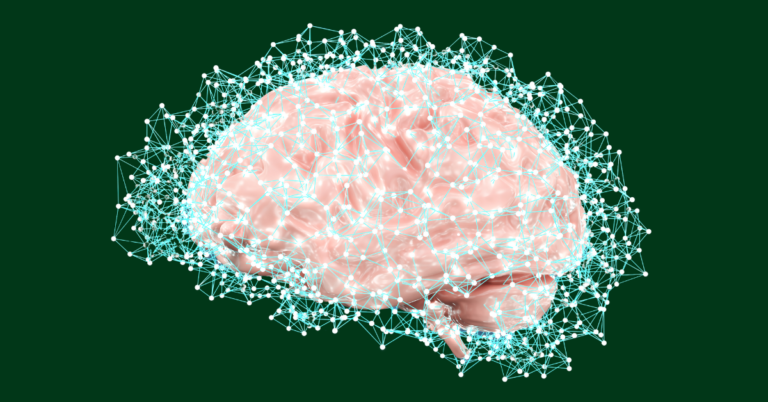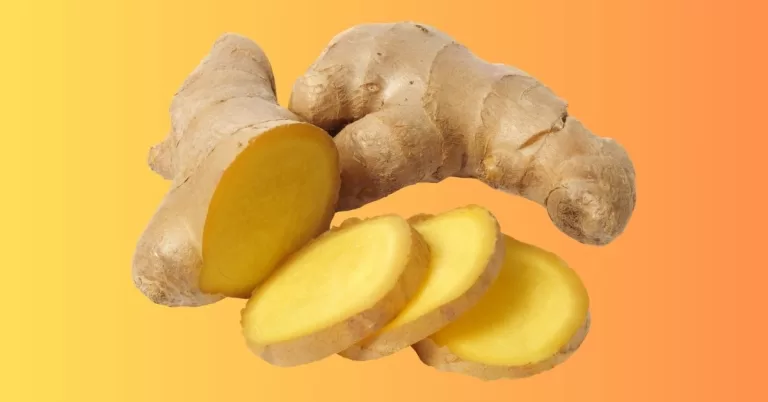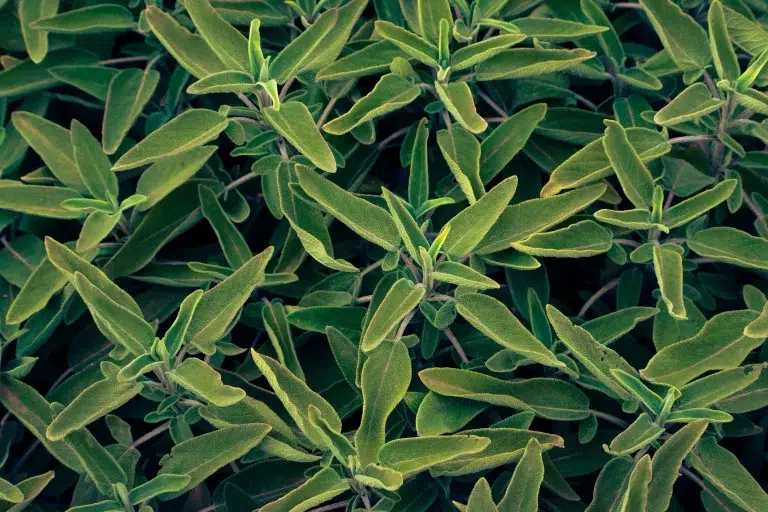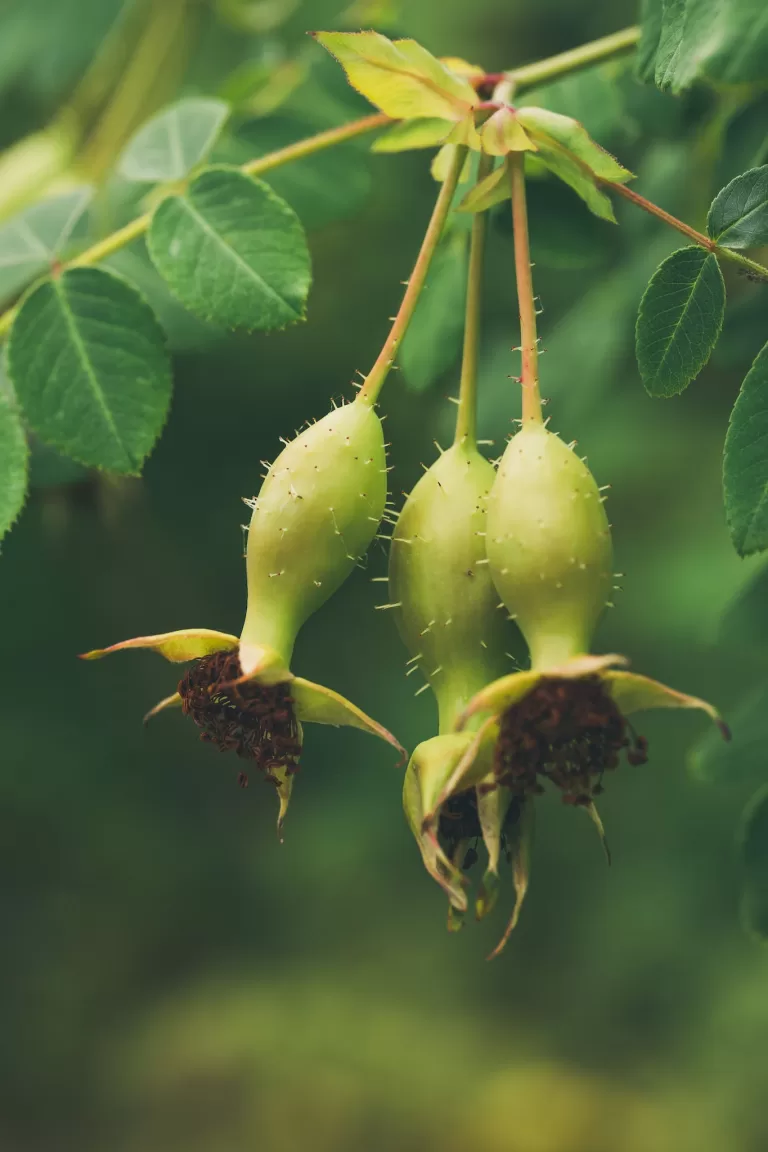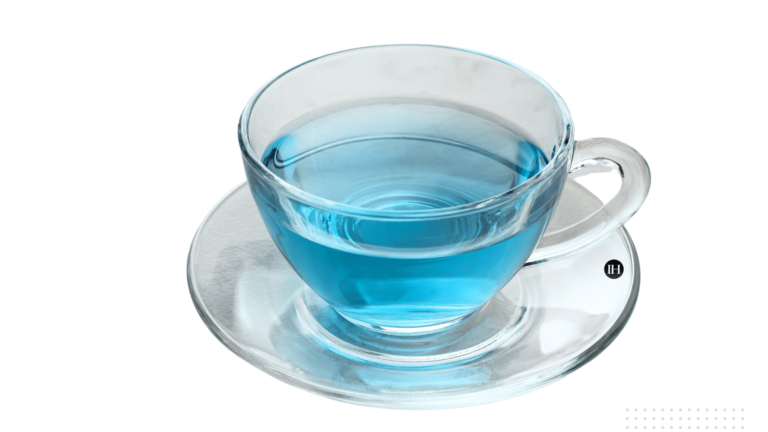Pumpkin Seed Protein Powder: Better Protein & AA?
Pumpkin Seed Protein Powder (PSPP) Pumpkin seeds are seeds that are covered with a shiny green outer layer. PSPP stands for Pumpkin Seed Protein Powder, which is derived from pumpkin seeds. The Latin name for a green pumpkin seed is Cucurbita pepo var. styriaca, which belongs to the Cucurbitaceae family….


